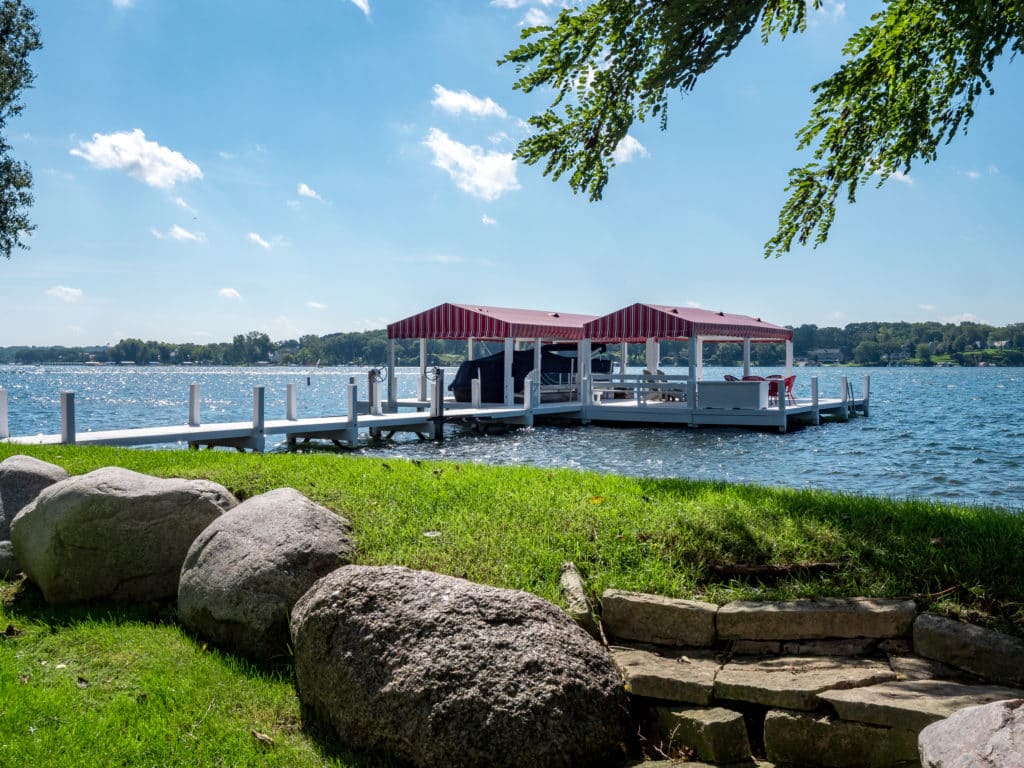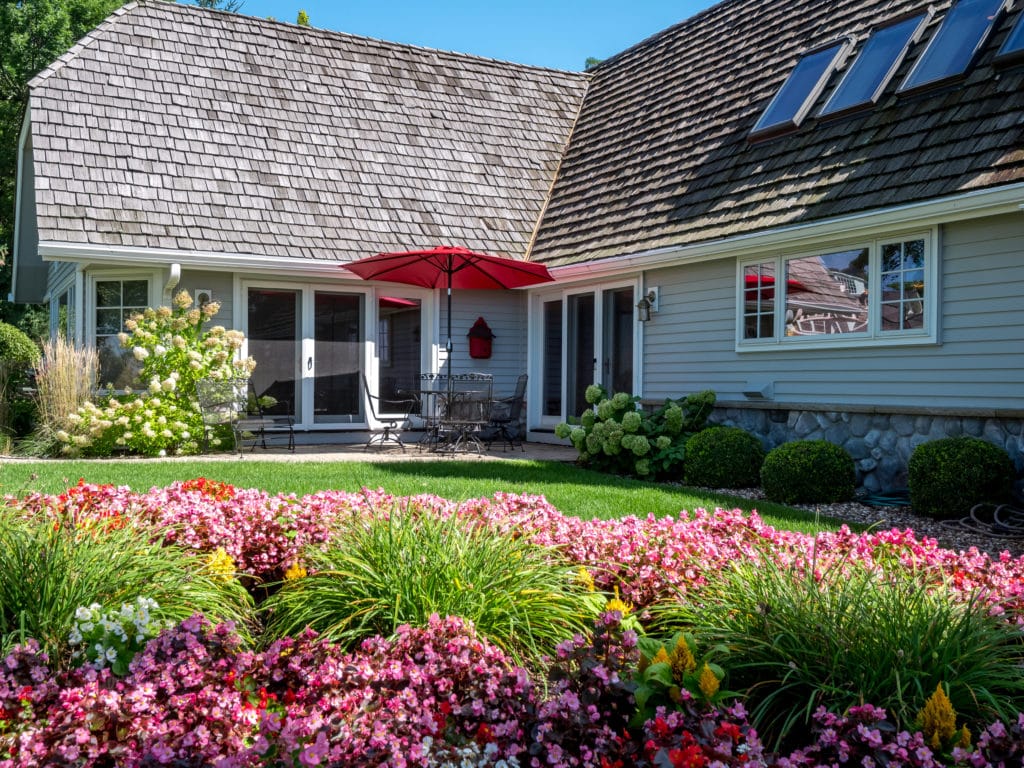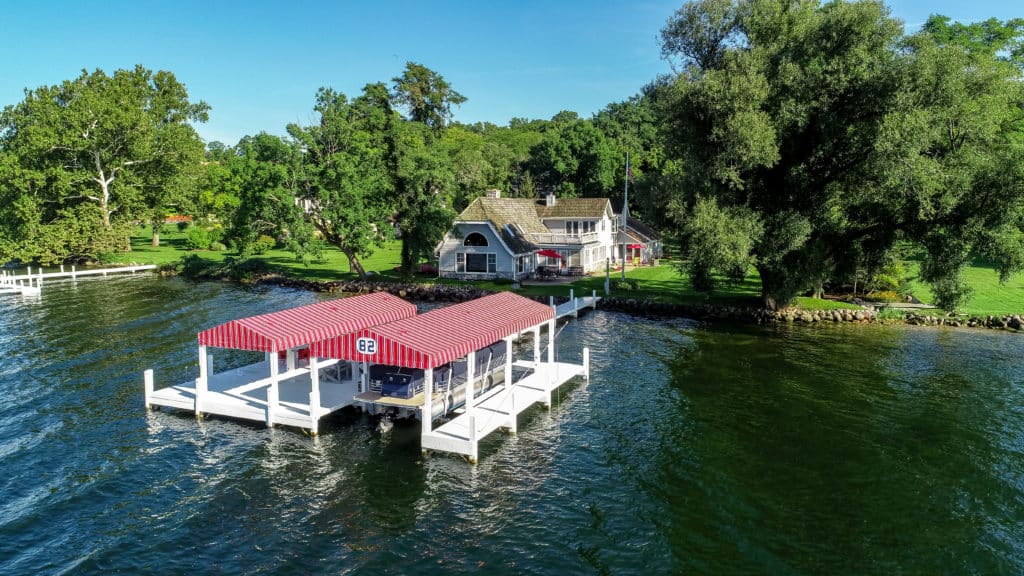For each of us, there is something unique in our story, some important event in our past, or in the past of our parents, or our grandparents, or our great aunts and uncles, that led us to this place. For the Ryerson Family, the events were rather curious. As the Great Chicago Fire raced through the city, decimating businesses, destroying homes, killing indiscriminately and ruining lives, there was but one large city lumberyard spared from the carnage: The lumberyard owned by the Ryerson Family. When the rebuilding process began, one family was prepared to supply those efforts. And when the ash settled and the city was restored, the Ryerson Family had not only played a major role in those efforts, they were rewarded with lasting riches.

Martin Ryerson was the son of the lumberyard owner, and as a son of privilege he attended CPS before ultimately graduating from Harvard Law School. At age 25, he was married and working his law practice, content in his city life. At age 34, his father died, leaving him the family business and making him one of the richest men in Chicago. His interest in education and civic matters led him to help found the University of Chicago, where he played a key roll in the design of the campus and served for decades on the board. The Ryerson Physics Laboratory still operates to this day. Due to his involvement with the University, he visited Lake Geneva to tour the brand new Yerke’s Observatory. After that visit to the lake he was hooked, and the same year purchased the property that would become known as Bonnie Brae (Pretty Hillside). At one point, the estate measured nearly 100 acres and possessed more than 1200 feet of lakefrontage on the north shore. If you think impulse buys are some sort of new thing, created by our impatient generation, Martin Ryerson would quickly disagree.
A year after purchasing the property and initiating a large scale, multi-building construction project, Martin turned his attention to the water and hired the Racine Boat Company to build his 72′ steam yacht. At the time, the residents of Geneva would take the train from the city to the lake, and board their elegant steam powered yachts which would chauffeur the owners to their lakefront homes. Hathor, one of a small handful of original steamers still on Geneva to this day, played host to elite society, including Henry Ford, John Rockefeller, Harvey Firestone, and a fairly well known impressionist painter by the name of Claud Monet.

With the addition of Hathor, Martin was in need of a place to store her, so he built a boathouse at the water’s edge, to the West of the main house, on a remarkably level section of lakefront. For the next 34 years, the Ryerson’s would spend their fanciful lives traveling, building up the cultural scene of Chicago, and relaxing lakeside at their Bonnie Brae. It was at the lake where Ryerson would die, at the age of 75. Upon his death, 90 percent of his wealth was given away to the Field Museum, The Chicago Art Institute, and his cherished University of Chicago. Some time later, the large estate was divided, and one four acre parcel with 185′ of level frontage and a deeply wooded hillside was assigned to his original boathouse.
Over the years, the boathouse was renovated into a single family home. Additions over recent years made for a proper master suite. An extra garage was built for storage. Bathrooms were updated with marble. Today, the original Bonnie Brae boathouse, with that long wooded drive off of Snake Road, is offered for sale. $3,895,000 for 185 feet of frontage, 4.3+ acres of fabulous depth, and a 4,742 square foot house that is one of the last remaining boathouses on Geneva Lake. Martin Ryerson was friends with Monet and the Rockefellers. He studied in Paris and London. He founded universities and lasting civic institutions. But most of all he was just a guy who loved spending time at the lake, swimming off his pier and bragging about the speed of his boat. Today, you can own his boathouse, and you’d be wise to act as quickly as he did in 1897.

